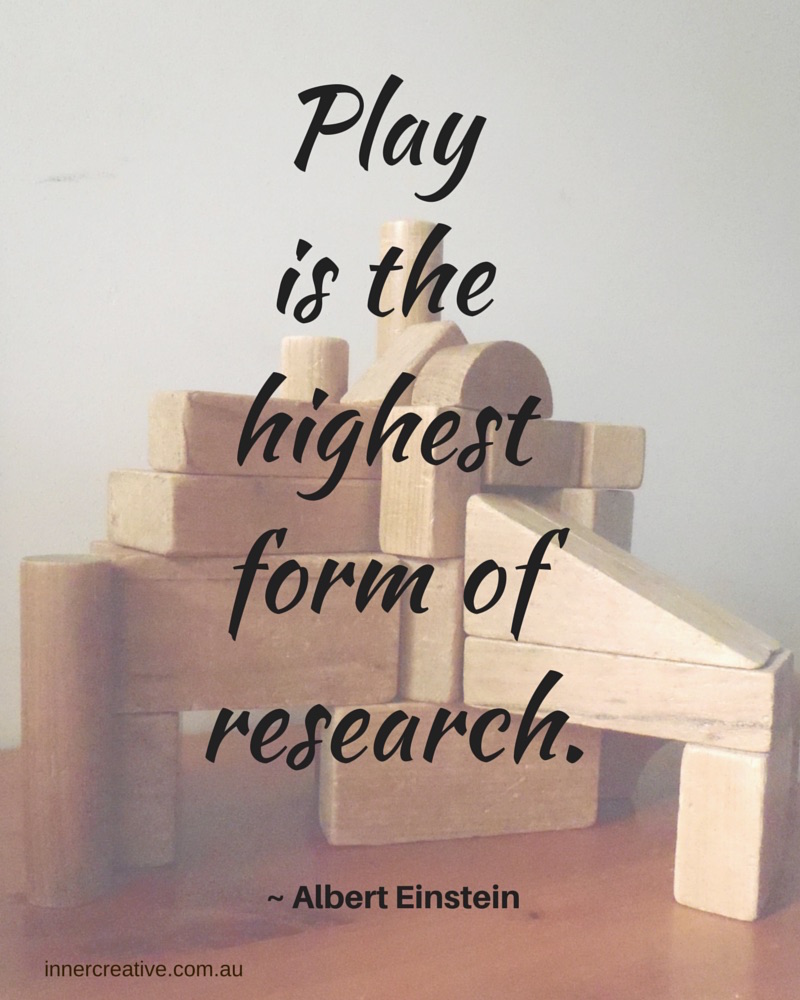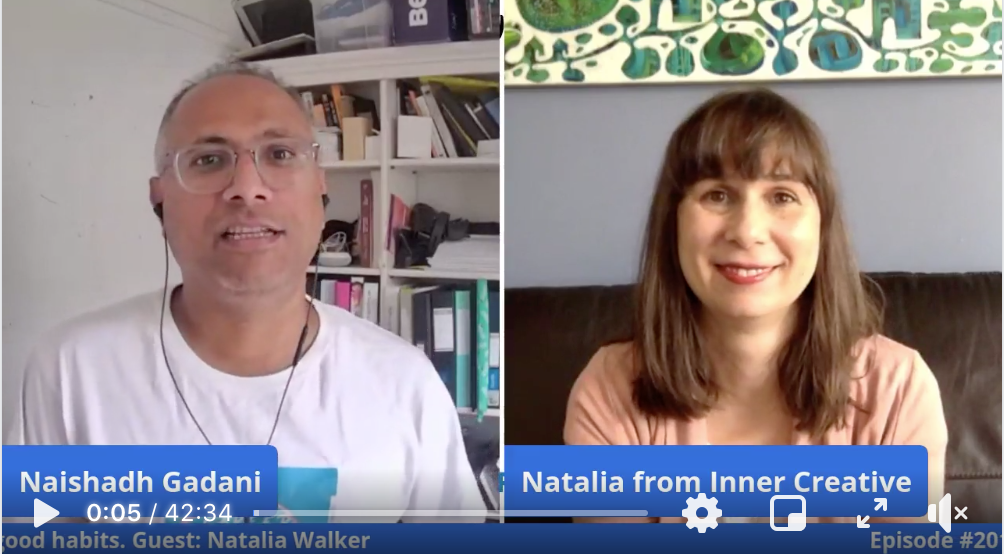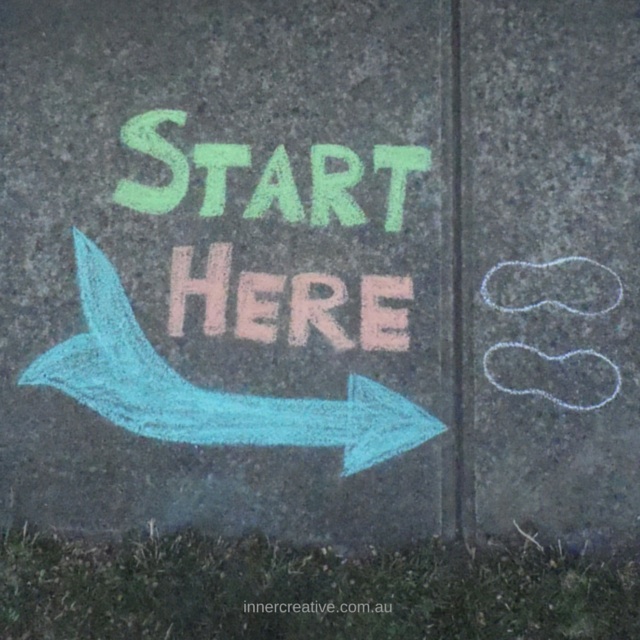Have you ever wondered, or asked yourself ‘What if?’ Both are great ways to foster your creativity and ignite your imagination to explore the possibilities, and expand beyond your current reality. You can get a lot out of using these questions in a conceptual way for brainstorming, problem solving or scenario planning. But their true value in fostering our broader creativity appears when you use them alongside taking action – an activity otherwise known as ‘play’ or ‘experimentation’.
In simple terms, playing involves posing a question, like “What if I put this here?” or “I wonder what would happen if I added this into the mix?”; trying it out to see what happens; and then evaluating the result before taking the next step (whether that involves building on our previous attempt or even undoing what we just did to try something else).
Kids do this so naturally during their free play time (and without overthinking or being overly conscious about it). For instance, if you watch a child building a tower there may be some stops and starts as they ponder which block to choose and where to put it. But they quickly try things out and rework them as they go. The more time they spend playing (in combination with their naturally curious natures), the better they get at posing questions, taking risks and developing their intuitive thinking to guide them on what to do next.
Unfortunately, the concept of ‘play’ for adults has been downgraded and undervalued because we commonly associate playing with being childish, and hence immature or silly. So for those uncomfortable with seeing themselves ‘playing’ then I suggest using the word ‘experimenting’ instead. As Albert Einstein said, “Play is the highest form of research.”

While playing and experimenting are quite similar in meaning, there are two aspects that I prefer about ‘play’. Continue reading →






